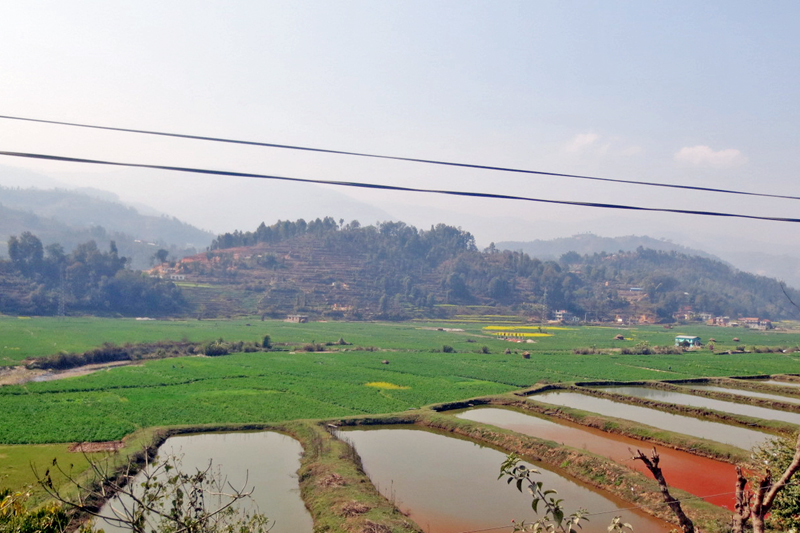Up to Rs 3 lakh fine for misusing land
Kathmandu, August 23
The government has enforced the Land Use Act, 2019, which introduces the concept of land bank for the first time, classifies land into various categories and gives permission to authorities to impose fines if land is not used for specific purpose.
The new law allows the government to slap a fine of up to Rs 100,000 if the agricultural land is left barren for a period of up to three years without informing the local government, a fine of up to Rs 200,000 if anyone does not follow land use survey drawing and land use plan, and a fine of up to Rs 300,000 if land is not used for designated purpose.
This is the first time the government has enforced an act on land use although Land Use Policy was introduced six years ago. The Ministry of Land Management, Cooperatives and Poverty Alleviation had prepared the draft of the Land Use Bill, which was signed into law by President Bidhya Devi Bhandari today.
One of the novel concepts introduced by the new law relates to land bank. The bank will pool land from different people and lease it to others. This concept will come to the aid of those who want to invest in agricultural sector, which will give a boost to agricultural production, according to Gopi Nath Mainali, secretary of the Ministry of Land Management, Cooperatives and Poverty Alleviation, who will join the Financial Comptroller General Office next week. “We should do more spadework before implementing this concept as it has been introduced for the first time,” said Mainali.
The new legislation has also classified land into 10 categories — agricultural; residential; commercial; industrial; mining and mineral; forest; river, stream, pond and wetland; public use; cultural and archaeological; and others.
It adds that land use plans should clearly indicate locations of industrial corridors, special economic zones, national projects, inter-province projects, natural and cultural heritage sites of national importance, religious and cultural sites that are internationally recognised or are revered by people, schools or academic institutions, delicate areas in
terms of national security, disaster-prone zones, areas designated to protect biodiversity, roads, health institutes and irrigation canals, and other areas identified by the government.
The central, provincial and local governments should now form ‘councils’ to implement the provisions of the new act. “The federal government should draft maps of all 753 local levels based on this act and see whether local governments are following provisions mentioned in the law,” said Mainali. Local governments must play an important role in implementing the new act’s provisions as they have been given the authority to keep tabs on whether people are following the new law. For this, local governments must form implementation committees led by the head of the respective local government, states the act.
Also, provinces and local governments should frame their own land use laws based on this act. The federal government can review the land use plan every seven years, whereas provincial governments can review the land use plan every five years. Local governments can review the land use plan as required, states the act.






